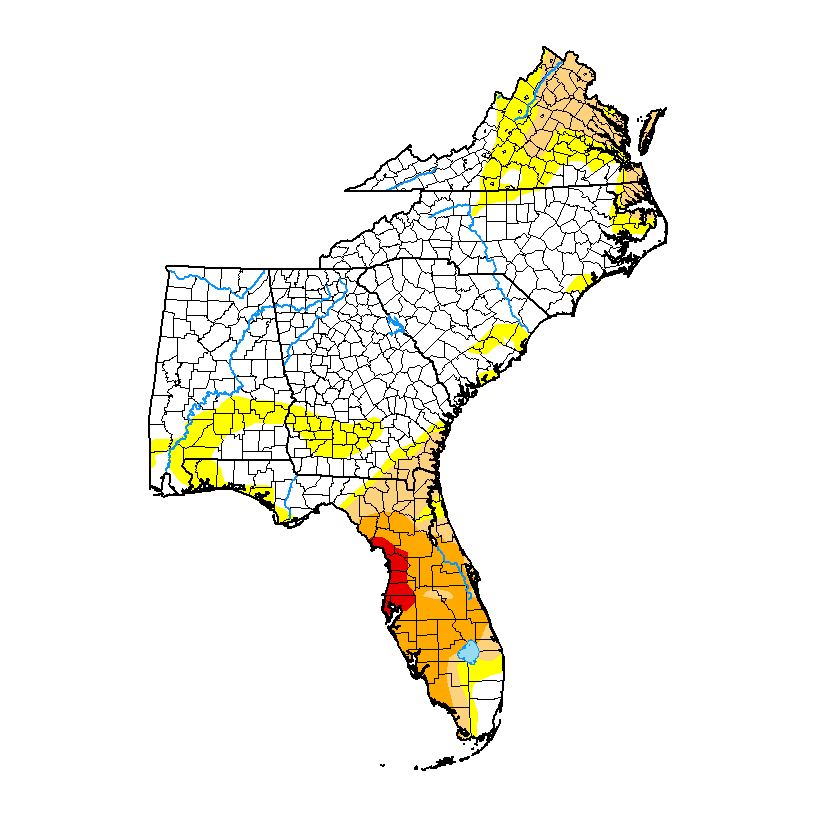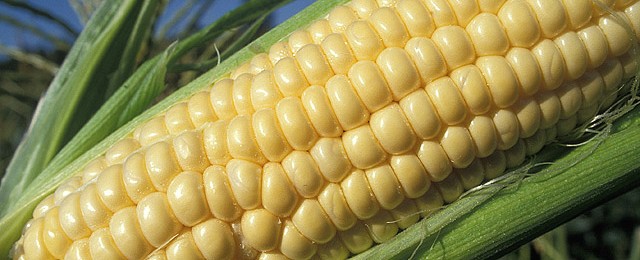-

The Urban Heat Island of cities is well-known and is attributed to the high percentage of pavement and lack of trees. However, a new study by experts at the Yale School examined the urban heat effect and how it is affected by humidity. The study determined that some efforts to reduce the heat, either through trees or vegetation,…
-

Here is a simple-to-use database of historical tornadoes that you can sort by County Warning Area or individual county. You can also filter the data by strength and look at graphs of tornado frequency by time of day, month, and EF scale. Individual counties show maps of the historical tornado tracks. You can check it…
-

If you feel like every weekend this year has been rainy, you are not far off. Not every weekend has had rain, but a lot of them have. This weekend is no exception, with some rain expected for a lot of the region. The middle of the week should be dry but showers will return…
Posted in: Climate outlooks -

Unusually warm temperatures in February are one of the causes of an early blueberry harvest in Georgia this year. While there were two separate frost events in March, temperatures did not drop too low and producers were able to run irrigation for frost protection effectively. The quality is also expected to be very good. You…
-

The latest Drought Monitor, released earlier this week, shows that most of the region experienced slight decreases in drought and dry conditions this week due to rain over the last seven days. However, a lack of rain in Florida and southeastern Georgia has led to expansions of drought there. Most notable is the expansion of…
Posted in: Drought -

It’s raining outside my window right now, and I’m not really worried about drought in the near future, but the next drought is always around the corner and friends are currently experiencing one. Because of that, I want you to know about the new state pages on Drought.gov. They provided updated state-by-state information and resources…
-

Farm Progress posted an interesting story this week about how increases in temperature and humidity in the Midwestern Corn Belt in recent years are increasing the levels of aflatoxin in corn. This has been a more common problem in the Southeast where we already have to deal with high temperature and humidity, but as temperatures…